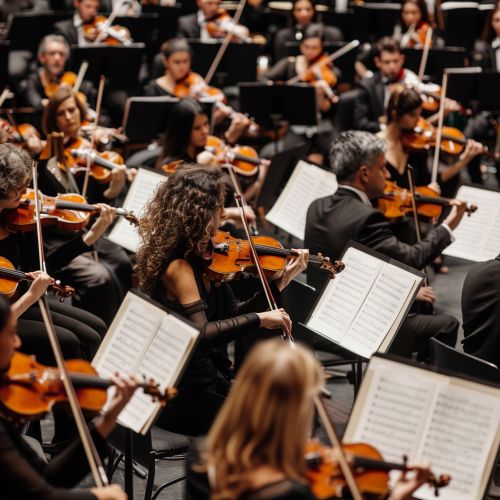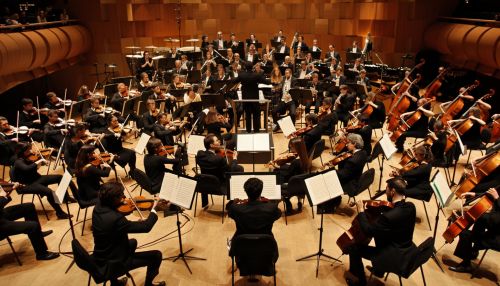Classical music
Origins and Development
Classical music has its roots in the traditions of Western culture, including both liturgical (religious) and secular music. The earliest reference to "classical music" recorded by the Oxford English Dictionary is from about 1829. The term "classical music" did not appear until the early 19th century, in an attempt to distinctly canonize the period from Johann Sebastian Bach to Ludwig van Beethoven as a golden age.
The central norms of this tradition became codified between 1550 and 1900, which is known as the common practice period. The major periods of classical music are the Early music period, which includes the Medieval (500–1400) and the Renaissance (1400–1600) eras, and the Common practice period, which includes the Baroque (1600–1750), Classical (1750–1820), and Romantic (1810–1910) eras. The current period encompasses the 20th century and the 21st-century music (1900–present).


Characteristics
Classical music is known for its highly structured nature. It is written in a musical notation that dictates the pitch, speed, meter, rhythm, and exact execution of the piece. This leaves less room for improvisation and deviation than in other forms of music. The written quality of the music allows for complex pieces to be performed by large ensembles, such as orchestras, which can include up to 100 musicians.
The complexity of classical music requires a high level of skill from the musicians. This is often reflected in the formal training required to master the instruments. Classical music is also noted for its use of sophisticated and diverse musical forms, such as the symphony, concerto, fugue, sonata, and mixed vocal and instrumental styles like opera, which is a dramatic work that combines text (libretto) and musical score.
Instruments
Classical music is typically performed by groups of instruments that can be classified into four groups: strings, woodwinds, brass, and percussion. The string section includes instruments such as the violin, viola, cello, and double bass. Woodwind instruments include the flute, oboe, clarinet, and bassoon. Brass instruments include the trumpet, French horn, trombone, and tuba. Percussion instruments include the timpani, bass drum, snare drum, and cymbals.
In addition to these traditional instruments, classical music often includes keyboard instruments such as the piano, organ, and harpsichord. Some works also include choral parts or solo vocal parts, which can range from small vocal ensembles to large choirs.
Influence and Impact
Classical music has had a profound influence on the development of all Western music and has also been a source of inspiration for many composers and musicians. It has been used in various ways in popular culture, such as in film scores, television commercials, and even in pop music. It has also been used as a means of cultural expression and social commentary, and it continues to be a vital part of the cultural life of many societies.
